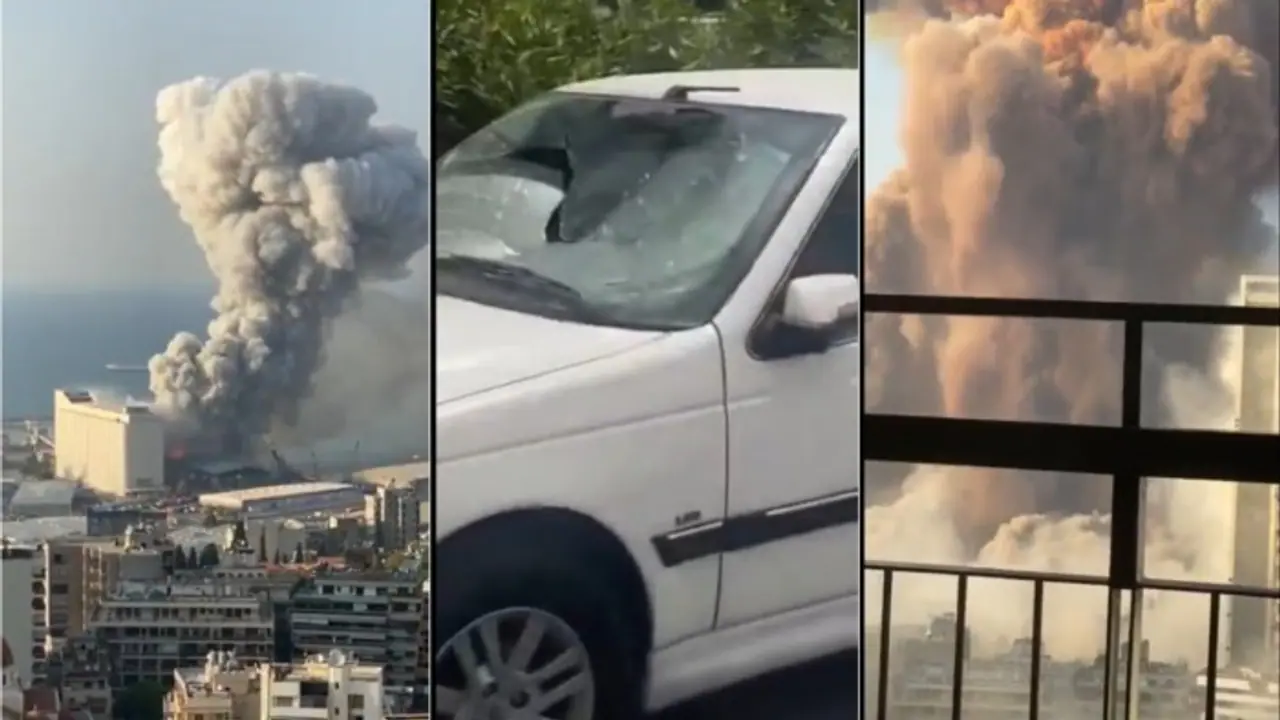A massive explosion at Iran’s Shahid Rajaei port in Bandar Abbas injured over 500 people on Saturday, with the blast's impact felt kilometres away. Authorities are investigating, as rescue efforts continue amid widespread damage.
A powerful explosion tore through Iran’s Shahid Rajaei port near Bandar Abbas on Saturday. Iran had announced the first fatalities from the massive port explosion, saying at least 4 people were killed. More than 515 people have been injured as the blast caused widespread destruction.

The blast, which could be felt more than 10 kilometres away, shattered glass windows, damaged vehicles, and even caused a building to collapse, according to local reports.
Videos shared on social media showed massive clouds of black smoke rising from the port and streets littered with broken glass.
Some clips showed injured people lying on the ground as rescuers rushed to help them.
Officials have not yet confirmed the exact cause of the explosion. However, a port official told Reuters that the blast likely originated from containers holding "dangerous goods and chemicals." Iranian state TV ruled out any damage to energy infrastructure and said no oil facilities were involved.
Mehrdad Hasanzadeh, a provincial disaster management official, said first responders were still trying to access the site and evacuate people from the area. Authorities said the explosion came from a container yard at the busy Rajaei port, which handles nearly 80 million tons of cargo every year and is Iran’s most advanced container terminal.
The port is located around 1,050 kilometres southeast of Tehran, near the vital Strait of Hormuz — a key route for global oil shipments.
The explosion happened on the same day Iranian and US officials were meeting in Oman for the third round of talks over Tehran’s rapidly advancing nuclear programme.
This blast comes just months after one of Iran’s worst industrial accidents in recent times — a deadly coal mine explosion in Tabas last September, which killed over 50 people.
Industrial accidents are common in Iran, particularly at aging facilities that face difficulties in maintenance and upgrades due to international sanctions.


